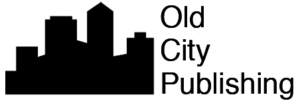The Influence of Laser Surface Texturing on the Adhesive Bonding Strength of Aluminium Alloy
Prakash Ranjan, Venkadeshwaran K., Rohan R. and Paramasivan K.
Recent developments in materials to meet present aerospace and automotive applications require a change of technology for joining similar or dissimilar materials. Enhancing the bonding strength of materials through surface modification is crucial, and this can be achieved through both conventional and non-conventional methods. Proper surface treatment techniques, including cleaning, roughening, and assessing wettability, are essential in surface preparation. In this study, we used the YAG (Ytterium Aluminium Garnet) Fiber Laser, the most advanced machining technology, to create seven different patterns on Al 2024 T3 alloy. We varied the process parameters such as laser power, scanning speed, frequency, and number of scans for texturing, while considering surface roughness and bonding strength as response parameters. To assess bonding strength, we tested the adhesion of similar patterns joined together using adhesive on a Universal Testing Machine following ASTM D3165–00 standard. The laser-textured surfaces exhibited superior bonding strength compared to manually abraded and plain surfaces. The failure mode was determined by the type of pattern used, with adhesive, cohesive, or both being observed. The increased surface area and uniform depth of ablation achieved through laser texturing result in higher bonding strength when joining materials with the same patterns.
Keywords: Laser surface texturing, fiber laser, surface roughness, bonding strength, adhesive & cohesive failure
